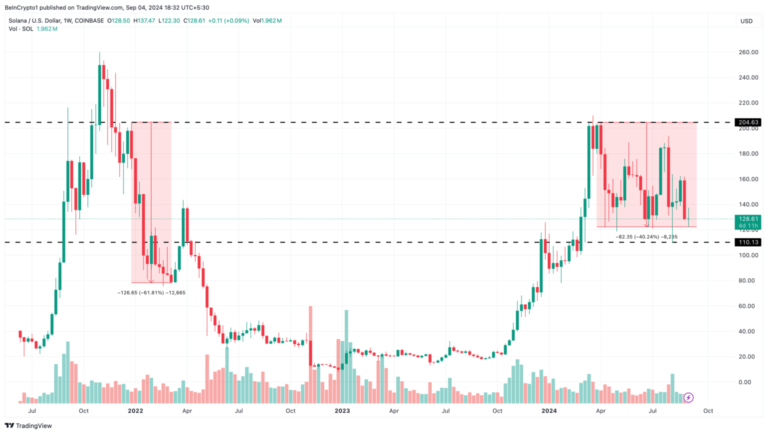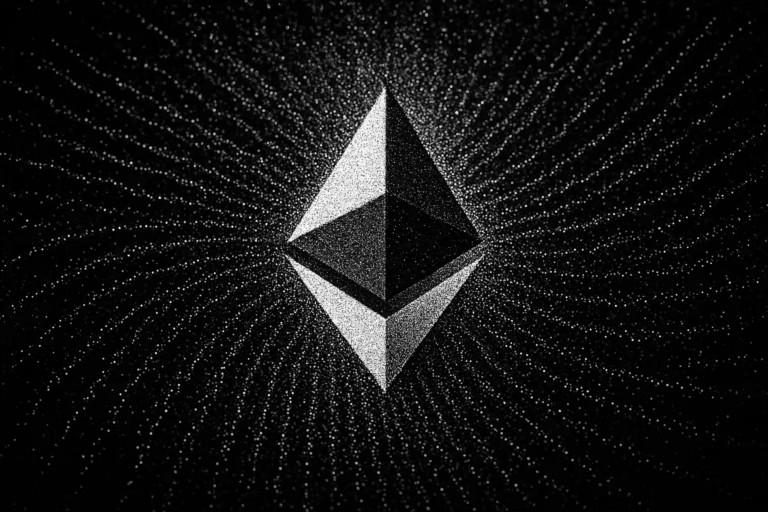
- VanEck remains committed to launching a Solana ETF despite Cboe removing its regulatory filing, with the company affirming its proposal is still active.
- VanEck views Solana as a commodity, similar to Bitcoin and Ethereum, and is confident in its ETF potential.
Despite the recent removal of Cboe Global Markets’ regulatory filing to list a Solana (SOL) exchange-traded fund (ETF), global asset manager VanEck continues to push forward with its plans for a Solana fund. Matthew Sigel, VanEck’s head of digital assets research, has confirmed that their Solana ETF proposal is still very much in play, emphasizing that the removal of the Cboe filing does not signify the end of their ambitions.
Some have noticed that the 19b-4 for the VanEck Solana ETF has been removed from the CBOE website.
— matthew sigel, recovering CFA (@matthew_sigel) August 19, 2024
Remember that Exchanges like Nasdaq & CBOE file rule changes (19b-4) to list new ETFs. Issuers like VanEck are responsible for the prospectus (S-1). Ours remains in play. https://t.co/9rbSHciSdy
The Role of the Cboe Filing and Its Removal
On July 9, Cboe filed a request with the U.S. Securities and Exchange Commission (SEC) to approve the listing of Solana ETFs from VanEck and 21Shares. A decision was anticipated by March 2024. However, by August 9, the filing had mysteriously vanished from Cboe’s website, raising concerns about the future of these ETFs.
According to Sigel, while exchanges like Cboe and Nasdaq handle the regulatory rule changes (known as 19b-4s) required to list new ETFs, the responsibility for the fund’s prospectus (S-1) lies with the issuer—in this case, VanEck. Sigel clarified, “Ours remains in play,” signaling that the company remains committed to bringing a Solana ETF to the market.
Why VanEck Believes in Solana as an ETF Asset
VanEck’s confidence in Solana stems from its view of the asset as a commodity, similar to Bitcoin and Ethereum. This approach aligns with emerging legal interpretations, which suggest that while some cryptocurrencies might be securities in their initial distribution, they function as commodities in secondary markets. Previous Bitcoin and Ethereum ETFs that used a “grantor trust” structure successfully paved the way for similar crypto funds, giving issuers hope that Solana ETFs could follow suit.
As regulatory discussions continue, VanEck’s persistence highlights the potential for Solana to join the ranks of Bitcoin and Ethereum as a listed ETF. The evolving landscape suggests that despite the regulatory hurdles, Solana’s future in mainstream finance could be closer than ever.







